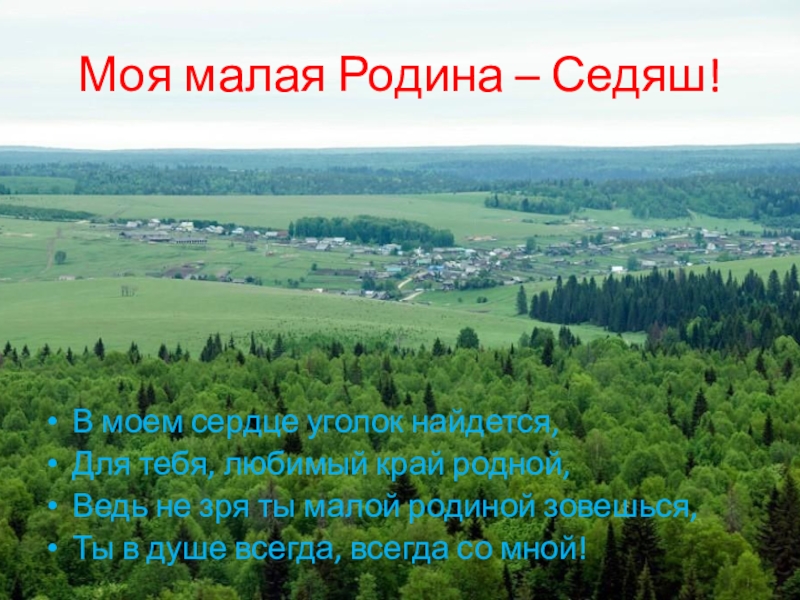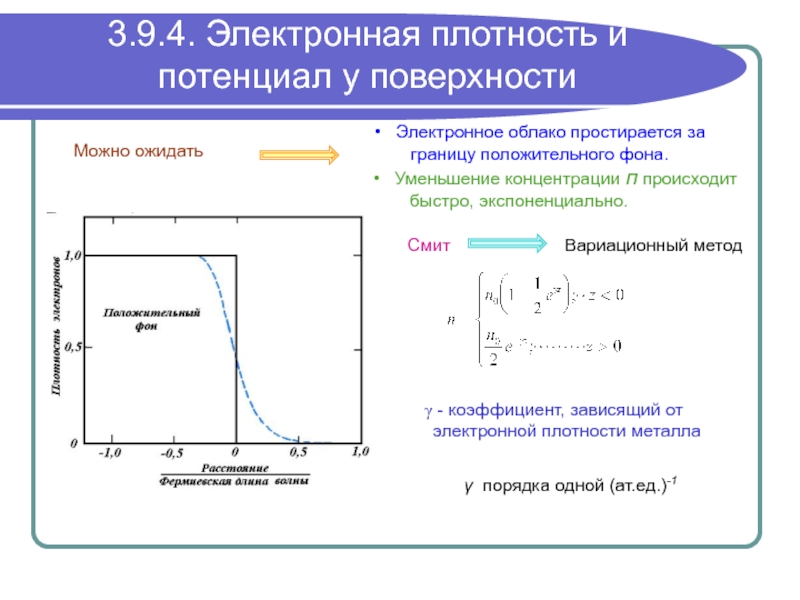structure
The nodes in the tree are of (at least) two
types: folders (or directories), and plain filesA folder typically has children—subfolders and plain files
A folder also contains a link to its parent—in both Windows and UNIX, this link is denoted by ..
In UNIX, the root of the tree is denoted by /
A plain file is typically a leaf
Family trees





































